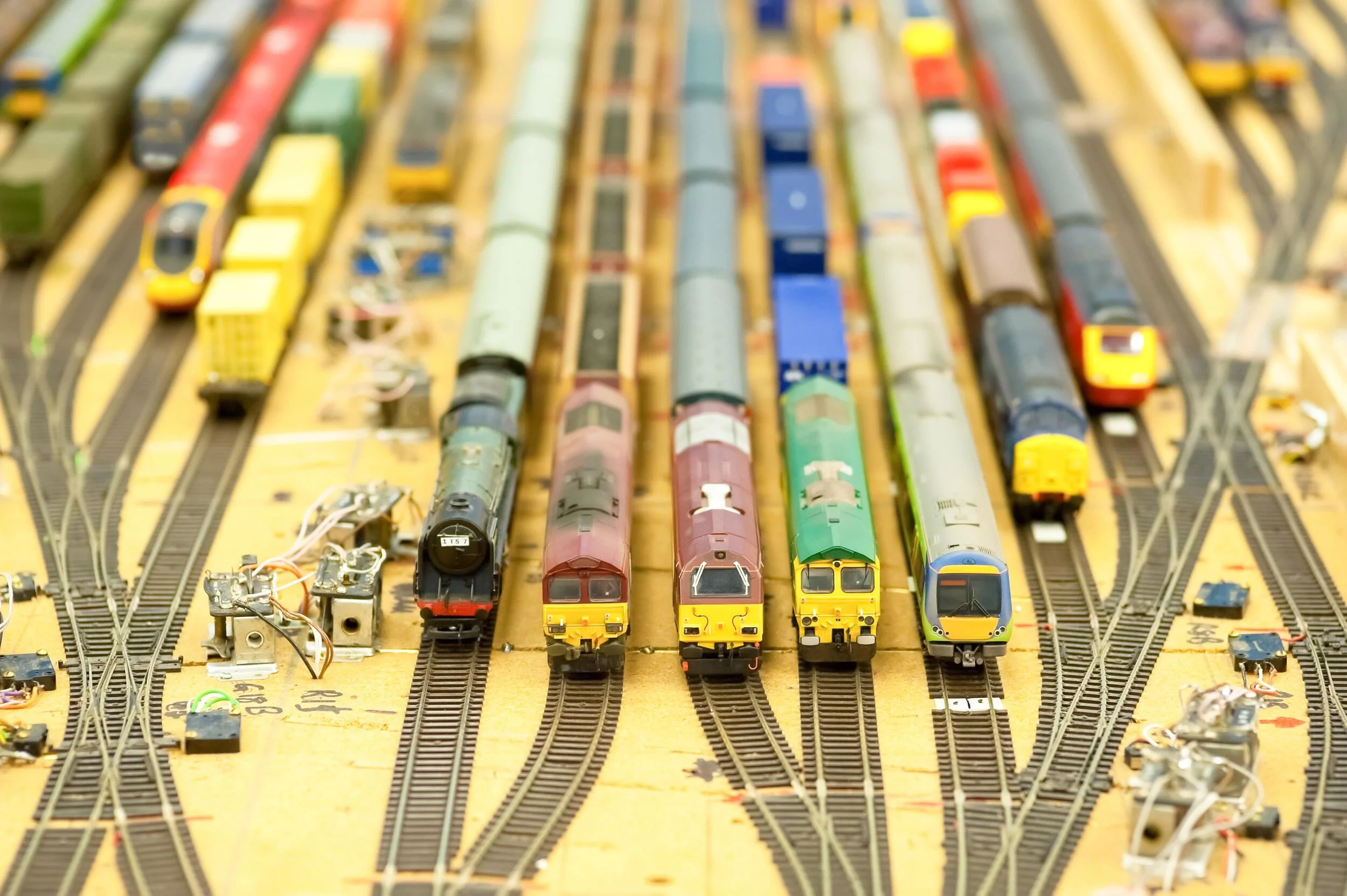Have you ever wondered why kids’ education programs use model trains as the star of the show? Thomas the Tank Engine and Mister Rogers’ Neighborhood have taught thousands of children through the use of model trains in Canada and across the world.
From these shows, and by visiting local model train shows, people have fallen in love with trains. In fact, model trains have been studied as a method for improving children’s skills and development.
What Can Children Learn from Model Trains?
The noise of the wheels clacking along the track along with the “choo-choo” as the pistons release steam can be appealing. With model trains, children get a similar experience. From the design of the layout to the speed of the engine, kids are in the driver’s seat.
Children learn from play and spending time with model trains offers a world of knowledge and skills. Planning the setup can help children develop problem-solving skills, and we all know the importance of this in adult life. In the design stage, children can also learn about the types of freight carried by trains, geography, and the importance of safety around real trains and tracks.
Here are five key skills children can develop thanks to model trains.
Basics of How Railways Works
While the operation of a railway may be too technical for young children, it can help instill an interest in future endeavours with mechanics and basic electronics. In the meantime, children can learn about train functions and use, with model trains.
Interactive New Skills
Aside from broadening their knowledge, model train play is a fantastic way to learn new skills. Children learn interactive skills by producing sounds, imitation, gesturing, and using facial expressions to get what they want.
Creativity and Imagination
Play ignites imagination, which in turn generates creativity. By using a train set, children can create a new world each and every time or add to their original layout. They also may choose to use objects and other toys to form obstacles, houses, and landscapes.
Motor Skills
Fine motor skills are developed at an early age and the use of model trains give children ample opportunity to learn important skills such as writing and dressing themselves. In addition, children also develop gross motor skills by playing with model trains. It takes learning of spatial awareness and understanding the proximity of your body to objects to be able to maneuver around a train set.
Communication Skills
Vocabulary and communication skills develop through play and creating a pretend world of towns and countryside supports developing language and listening skills.
Where Can You Take Your Kids to Learn about Model Trains?
For an educational and fun experience, don’t miss the opportunity to see the best interactive miniature trains at Locomoland in Niagara Falls. With the largest layouts of trains and tracks in Ontario, this model railway museum offers unique scale models along with a few surprises.
Use the remote-controlled railway system and miniature trains to navigate through countryside, cities, and mountains. What sets this automated layout apart from others is learning how we digitalize the model train! Experience the ride as a driver thanks to micro cameras assembled in the trains. For more information about Locomoland, email us at info@locomoland.com or to schedule your visit, go to our website to purchase tickets.


